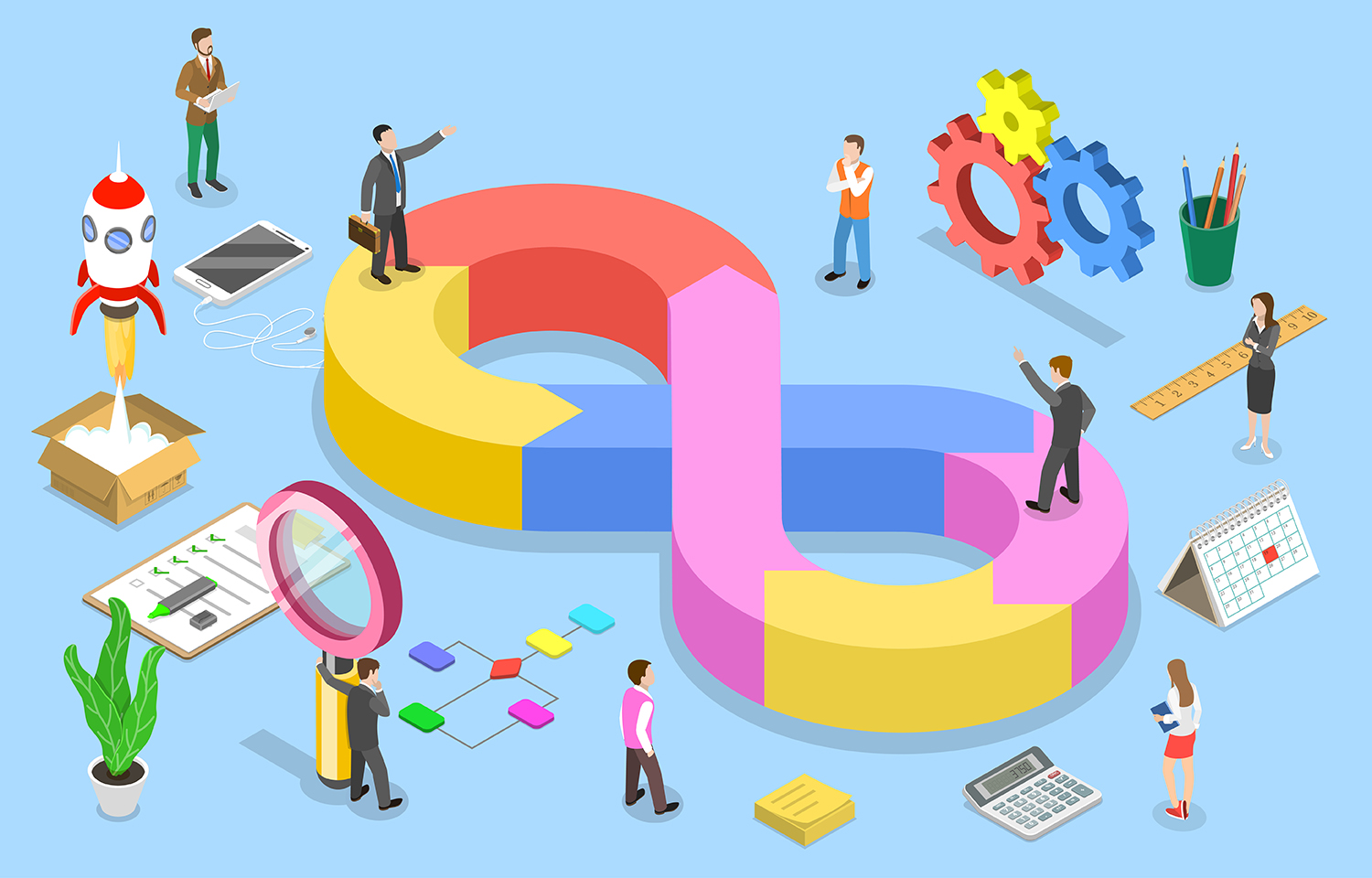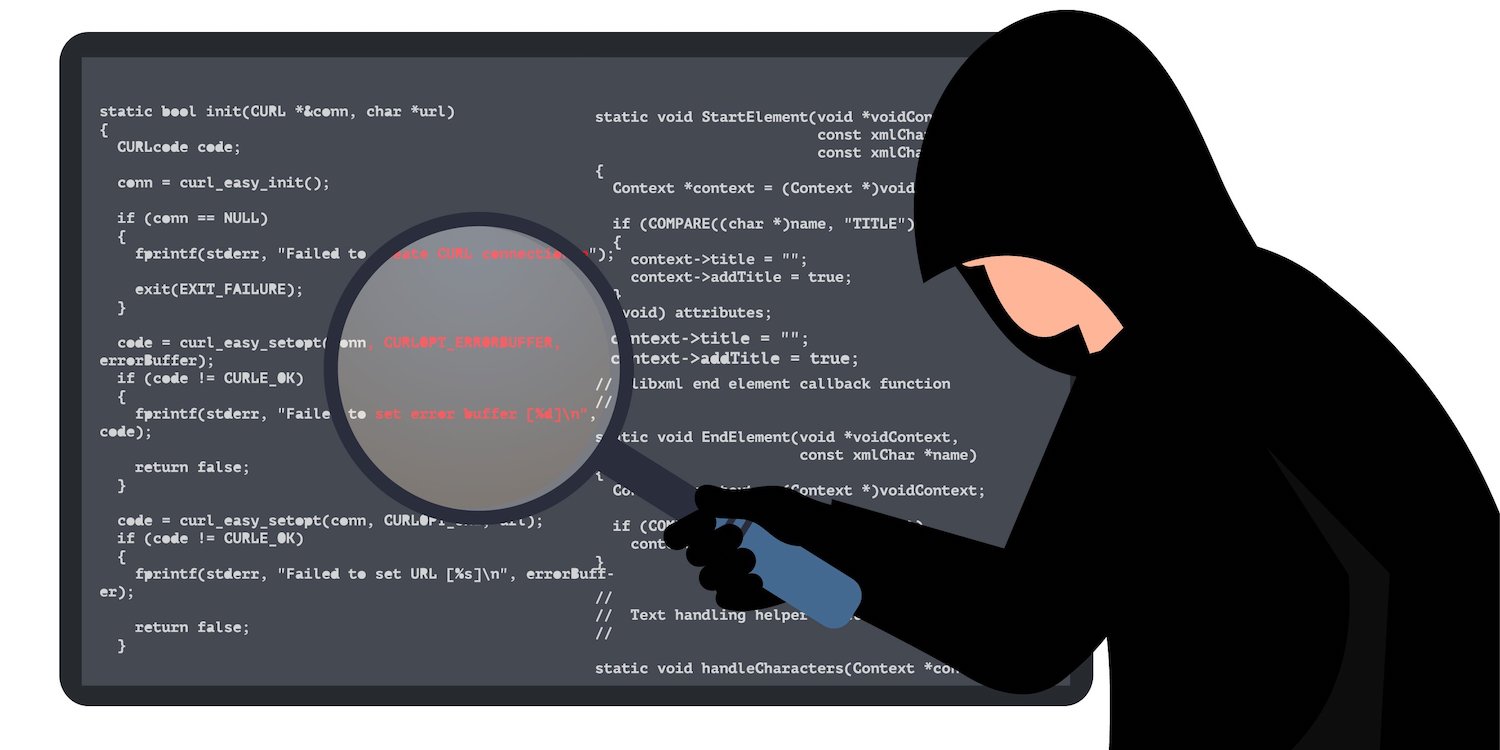DevOps continues to evolve and adapt, finding new applications while enhancing its features. The trick is staying one step ahead so an organization can embrace and exploit any changes, rather than being one step behind and always racing just to keep pace with the competition.

CloudDevOps
The key driver for change at the moment is the migration from in-house hardware over to a cloud environment. This migration has been ongoing since before DevOps was officially born, but the rate of change is accelerating.
Embracing DevOps has been due to its delivery of proven benefits, an increase in quality with a reduction in development time. These two factors both provide cost-savings. Add in the flexibility, scalability, and cost efficiencies of the cloud environment, and it is easy to see why companies are looking at CloudDevOps as an integrated Cloud and DevOps solution.
NoOps
We believe the most significant trend will be the reduction of manual inputs into the CloudDevOps processes. After all, human involvement in the development environment is the element that incurs the highest costs, and manual processes are the most susceptible steps for the introduction of errors. Removing humans will reduce direct costs as well as reduce the indirect costs of error detection, resolution, and remedy.
This ambition is where NoOps comes in. The philosophy is to make code deployable by design, so there are no further Ops activities required. As soon as the developers have completed a development stage and committed the code into its repository, deployment of the code and its required infrastructure is an automatic process.
Everything as Code
A concept that will support this future trend is the idea of treating “everything as code.” This philosophy treats infrastructure as if it were source code, bringing benefits such as duplication, re-use, and configuration management. Commercial solutions for the automation of frameworks are already available that can automate infrastructure management. These solutions deliver replicable infrastructure and support the concept of serverless computing.
The availability of serverless computing from the cloud providers is facilitating this methodology in becoming a practical realization. It all depends on being able to develop smart infrastructure that supports maximum automation and minimum maintenance requirements.
Cloud DevSecOps
Another key trend is the formal integration of cybersecurity into the CloudDevOps philosophy. Security continues to be an afterthought in too many programs where the cost of implementation of security controls into a developed system is significantly higher compared with the inclusion of the controls as part of the development process. Often the bolt-on controls of the traditional SecOps approach will be less effective and more prone to weaknesses compared with their implementation as part of the solution.
The consideration of cybersecurity is an issue that has been around as long as the development of systems, but educating developers to embrace security as part of the process has always been a challenge. The integration of DevOps with SecOps has given rise to the DevSecOps philosophy. The increasing use of sensitive data in conjunction with increased regulatory controls of such data will drive more focus on security. The future will see this given more prominence as it evolves into CloudDevSecOps.

AIOps
There is a widely held view that the use of artificial intelligence and machine learning in business processes will be a significant future trend going forward. Combined with big data, they offer a wide range of opportunities for providing solutions to problems that may not yet exist. It seems apparent that they will have a part to play in the future of DevOps, providing a feedback loop on the development process that can recognize and implement process improvements.
AIOps has the potential to give DevOps capabilities for automated analysis of process data to improve critical tasks and processes and influence decision-making. Currently, AIOps is predominantly an experimental process for proof of concept demonstration, and we foresee that it will gain traction as a tool for real-work projects where it can demonstrate its real value.
Process Reconciliation
The evolution of DevOps and its various child philosophies have seen the development of a multitude of different tools to support the implementation of the processes. Such is the number and specialization of the tools that it is not uncommon for a single organization to use a range of tools to achieve the same results across different departments. Separate tools are available for tasks, including version control, code verification, monitoring metrics, build automation, and validation.
Tools traditionally manage small tasks within the overall workflow, thus leading to situations where different teams within the same organization can have their own bespoke CI/CD pipelines that use many different tools for each process step. Incompatibilities between various tools can cause workflow blockages, introduce errors, and lead to inefficiencies. The rationalization of the tools into a unified and integrated suite across an organization will deliver cost savings, efficiency improvements, simpler training needs, and workflow optimization.
Conclusions
DevOps and its spin-offs will continue to evolve, and companies that seek to exploit this methodology need to be proactive if they are to remain successful. The implications of this are that organizations must keep their development team up to date in terms of skills and knowledge. The most successful companies will need to nurture an inhouse team with training and upskilling rather than relying on continually bringing in new talent from a limited talent pool. Development team members will need to both broaden and deepen their skills. Future trends suggest the end of specializations and the appearance of cross-skilled developers fluent in all steps of the DevOps workflow process.
by Stephen M.